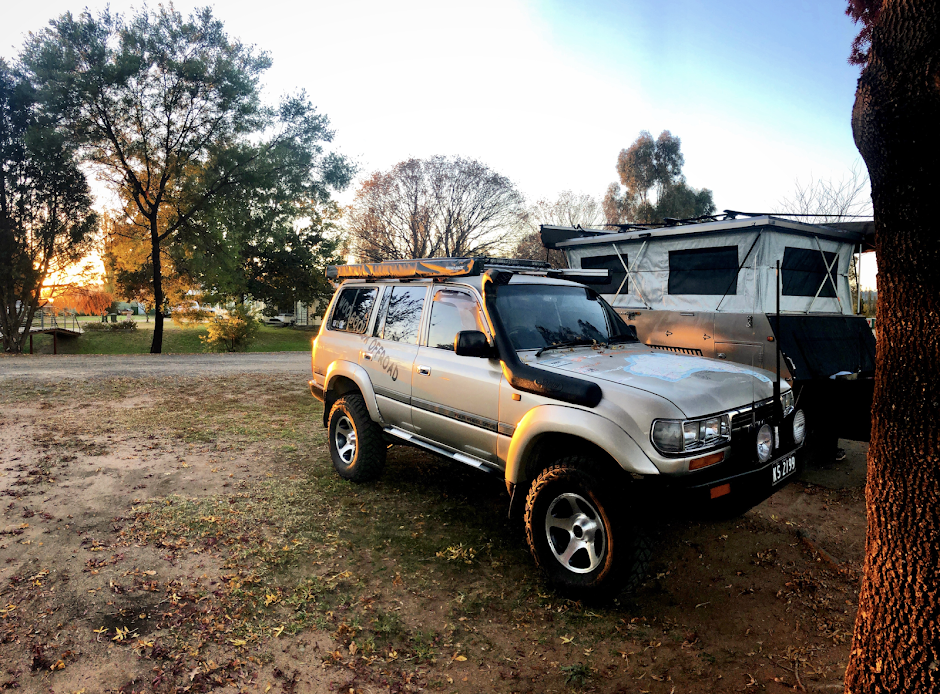Devonport on Tassies north coast could be classed as just another port town where not much happens in the rift of the hustle and bustle around ship time, BUT it's known as The Gateway to Tasmania and is surrounded by stunning volcanic fertile hills and a rocky shoreline. White man came to here back in 1823, but the Tommeginne Aboriginals had been here already for nearly 30,000 years where they lived off the land and fished in the river and oceans. Today Devonport is cut in two by the Mersey River but prior to declaration of the towns name in 1890 each side of the river had different names.
When early settlers arrived here they were not impressed with the barren mountainous landscape and the hostility of the locals especially when Bartholomew Boyle Thomas was killed when he was trying desperately to establish the new settlement. But by the mid 1850’s persistence paid off with several small settlements being built, a port was set up in the deep channel, stores were emerging and a vision was being seen by timber cutters and boat builders.
Today there’s plenty to see around the district for both young and old. Around the port area there’s plenty of grand heritage homes and other buildings that have been restored back to their former glory. The port is now the largest on the north coast of Tasmania and its the home port for the Spirit of Tasmania ships that cross daily from the mainland. At the mouth of the Mersey River you can get up and personal with the Mersey Bluff lighthouse. Made from locally hand made bricks back in 1889 its nearly 20 metres high and has a light range of 27 km out to sea. Around the bluff, follow the Geological trail where 180 million years ago volcanic activity blew rock out of the ground and as it cooled it left unusual rock formations with fracturing throughout. Along the Tiagarra trail ( which means to keep ) keep an eye out for Aboriginal carvings where they sat and engraved different shapes into the rock, now a protected site you can see fish, an emu and other scrolls.
Back in 1854 a tramway was built to the west to a small settlement called Don to transport the pristine timber to the port for further shipping. Today the Don rail station has been fully restored and jammed packed with memorabilia, along with the turntable, many steam engines and stunning carriages. The station is now a museum and you can visit the workshop to see the builders restoring and maintaining the old trains, plus if you visit on weekends there’s even train rides up to Coles Beach and back. This rail display is certainly not to be missed and is reportedly the largest in the state. For the maritime buffs, the Bass Strait museum is all about the local shipping history where you can view memorabilia, timber models and ride on a restored fishing boat every Sunday and Wednesday - weather permitting.
Just north of town at Coles beach usual rock formations and pillars rise out of the ocean as part of the volcanic era, namely the Jurassic period. With this comes the fertile soil in the hills surrounding Devonport where an array of some of the best produce is grown. Known as the states market garden area, Devonport alone grows nearly half of Tassie’s veggies, and a drive around the hinterland at any time of the year you’ll see a host including spuds, onions, peas and carrots.
Overlooking the town is Home Hill where you can wander around a pre 1920 house and grounds. Now Heritage Trust listed it was once the home for Joseph Lyons and his wife for nearly their entire life. Lyons was the Premier of Tasmania and eventually became the Prime Minister back in the mid 1930’s. His wife Dame Enid Lyons was also a member of parliament for many years until she passed away. These days the beautiful home and grounds they once had is as how they left it.
Just 10 mins from Devonport is the Tasmanian Arboretum which has the worlds largest collect of Tasmanian plants, conifers and other plants from the northern hemisphere. The grounds are built around a couple of old quarries where back in 1856 a tramway was built with timber rails to move the quarried lime to the coast. At the eastern end of the gardens the quarry is highly visible and you can climb to the top of Limestone hill to oversee the quarry, view the old Kiln and see where the original tramline started then headed towards Don through several deep cuttings. The tramway also carried coal and timber out to the port for shipping away.
Throughout this stunning parkland there’s many different plant rooms, walkways and water falls. A natural creek runs through the 70 hectare property and its a popular place to spot platypus ( when I visited I saw no less than a dozen ) and other shy birds. Speaking of shy birds, north along the coastline a poplar spot at dusk to see the little Penguins is at Leith. Weighing around 1kg each they are the worlds smallest Penguin and can be seen from viewing decks when they return from fishing out at sea during dusk. Best times of the year to see the Fairy penguins is either their breeding season or during the summer months.
So don’t be put off by the industrial side of Devonport, as with comes maritime history and an array of other popular activities for the whole family.
















No comments:
Post a Comment